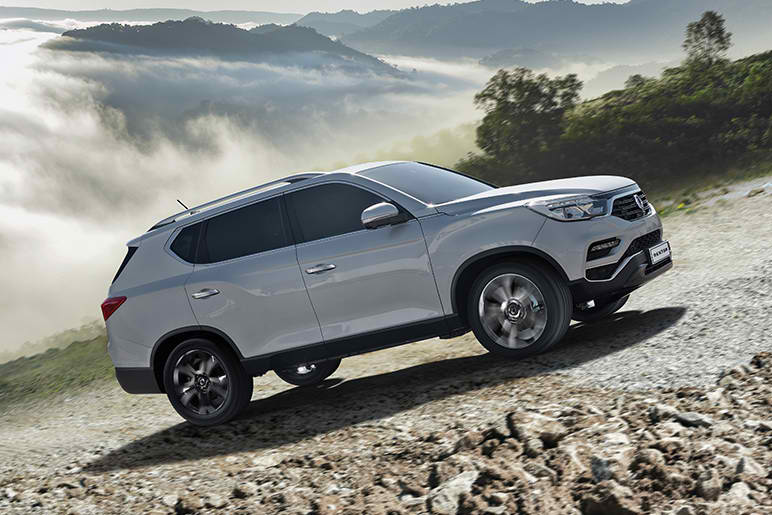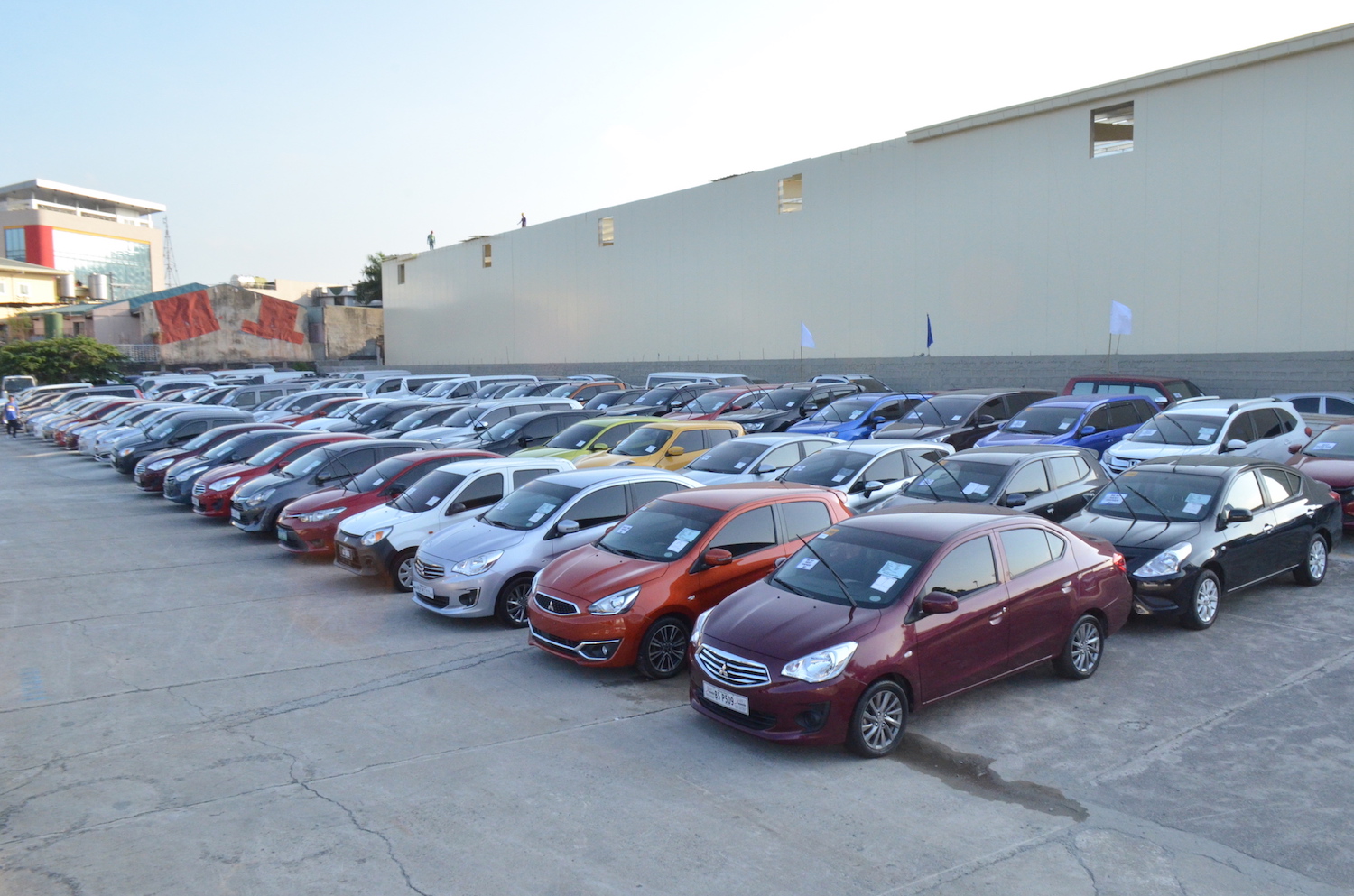
THE real problem with the Ssangyong Rexton is how to roll off the tongue, difficult pronunciation of the Korean name then shift into a German inflection for the model name.
It’s like downshifting from 4th to 2nd gear when negotiating an almost full stop hairpin turn. You’ll never know how many “s” should be pronounced and how solid the “x” will clack on your lips.
Apart from that commentary, there is nothing remotely bleak to say about the Ssangyong Rexton, a midsize SUV segment entry that is chock full of options, good looks and great performance. All the value that one gets from its price is confounding buyers. And scaring the competition.
The Rexton came in to battle the heavyweights. And it will not be an easy fight for it.
It faces squarely, the American marques–the Chevrolet Trailblazer and Ford Everest–which offers big engine block punch and the squarish style typical of the land of big cars.
It goes into the ring with the Japanese, with their sleeker, Japan robot-school-of-design offerings led by the Nissan Terra. Of the bunch from Tokyo, the Isuzu mu-X is the value proposition with the ultra-economical 1.9L RZ4E engine, the Toyota Fortuner is the ubiquitous staple and the frontrunner is the handsome Mitsubishi Montero.
And let’s not forget the offerings by the current K-pop car superstar Hyundai–the luxurious and pricey Santa Fe.
In the early 80’s Ssangyong partnered with the German premium car maker. The union produced several cars, the ones we felt here were in the Philippines were the Musso, a G-wagon wannabe, and a van called the Istana locally badged as the MB100. The Musso is now a pick-up and the MB100 is mostly gone.

The original local Ssangyong distributor openly sold Mercedes Benz badges which owners would dutifully retrofit on their vehicles. This practice was halted when Columbian Motors took brand. Today, under Berjaya Auto Philippines, the brand is being marketed a little more aggressively.
Inside and out the Rexton is beautiful.
This is a seven-seater so there is a folding third row seat. Compared to the rest, the Rexton’s 3rd row sits taller. The interior design is a really smart one, the mix of colors and textures is worth more than the that looks more expensive than its asking price. Third row occupants have power socket, their own aircon controls, and cubbyholes for storage space.
It has front seats have separate heaters and cooler functions, a feature found nowhere else.
Smartphone connectivity is seamless with Apple CarPlay and Android Auto functions on the touch screen multi-function infotainment system. The plastics are textured and full and those two-toned brown and black quilted leather seats feel and look like the kind you find in European cars. The upper end variant has a full functioning sunroof (meaning it opens completely, tilts to refersh the air in the car and opens to bring the sunshine in).
Outside, the lines follow that of the rest of the lineup the DNA clearly shared with the Tivoli, XLT and Musso. The Rexton lent to us had a nice deep blue paint job which highlighted its bulges and defined the overall rugged stance. We took it for an 800-kilometer drive to Matnog and back to Laguna just for the heck of it.
Hiding in the cavernous engine bay is a variable turbo diesel mill mated to a conventional automatic transmission. There is two- and a four-wheel-drive version which is separated not only by drivetrain but also by trim changes. The Rexton and Musso share the same platform much like Toyota’s IMV but in reverse. It is the SUV ladder-frame platform is the basis for the Musso pick up.
This 4×4 could do everything that any mu-X, Everest, Montero, Fortuner, Trailblazer can do in those urban jungle hills cement the SsangYong’s capability as a go-anywhere vehicle. What makes it literally stand out is that rear multi-link suspension, a design providing a most pliant yet elegant ride.
Precise is the only way to describe the way the whole car has been put together. It is the kind of deliberateness in the design that one finds when nitpicking small dioramas and admiring the small details. The synergy of design is wonderful, surprising because the brand is unproven but the product is proving itself a very strong contender in the crowded SUV segment. And with Gen Z’s love for anything Korean, I can see that SsangYong will be the new K-Pop star for this generation.




